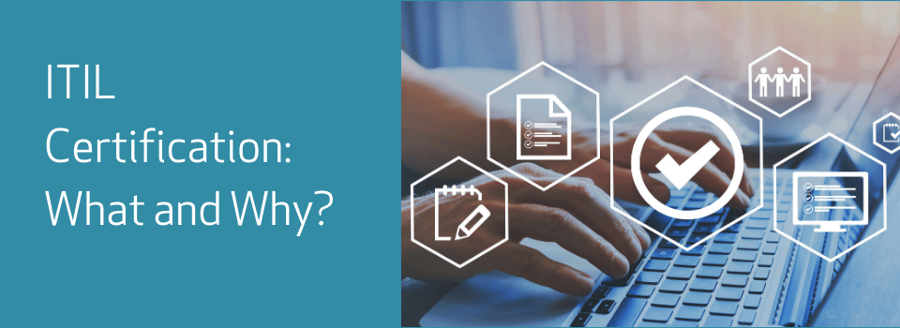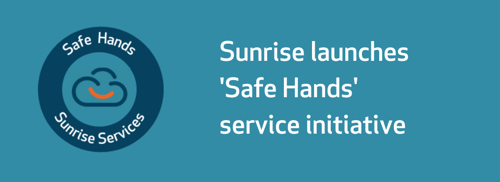From day one of ITIL, certification schemes have gone hand in hand with those service management delivery guidelines.
Obviously, with each iteration of ITIL, so those schemes have changed and advanced to reflect the changes, but have always followed a modular approach to the ITIL framework, comprising a series of qualifications focused on different aspects of ITIL best practice to various degrees of depth and detail. They have taken into account the reality that not everyone will require the same level of detailed knowledge and allow individuals to focus their studies on key areas of interest that are most beneficial to their position within a company.
It’s also worth noting that there is some cross-over between different standards and guidelines. For example, although not explicitly stated in the ISO2000 standard/code of practice, preparing an IT organisation for ISO 20000 certification typically involves introducing ITIL principles, so there is some mapping between the two
With ITIL V4, the certification levels have been redefined again, in four stages. In order to further understand the changes within ITIL V4, for those with some familiarity of previous ITIL incarnations, one fundamental stepping stone is the ITIL 4 Foundation – designed as an introduction to the latest version and to aid with the understanding of viewing ITSM as an end-to-end operating model for the creation, delivery and ongoing optimisation of IT within a company. Beyond this lies the Managing Professional level which focuses on managing IT projects, through teams and workflows and is aimed at IT individuals working within both technology and digital teams across businesses. The next level up is Strategic Leader – which expands on the value of ITIL beyond IT operations to all digitally-enabled services. Finally, is the Master certification which defines the ability for an individual to validate selection and application of a range of knowledge, principles, methods and techniques from ITIL and supporting management capabilities, to achieve successful business outcomes.
As a means of both fully understanding and – more importantly – using ITIL guidelines to their maximum effect, certification is a more than worthwhile consideration.
> Read our ‘Guide to ITIL‘.




.png)
